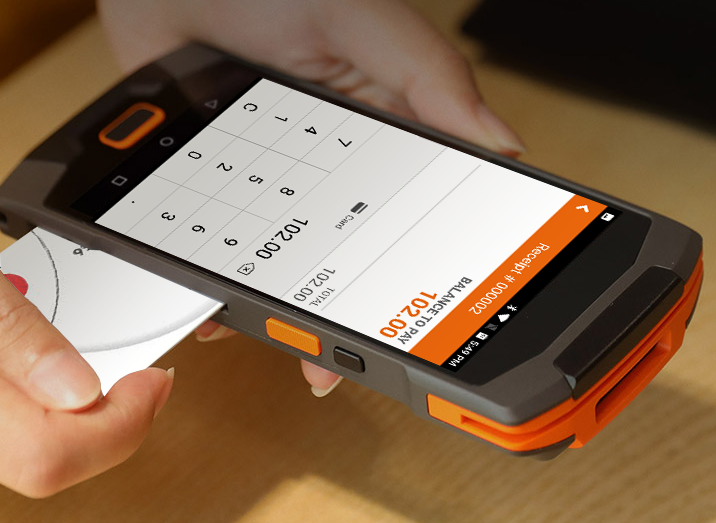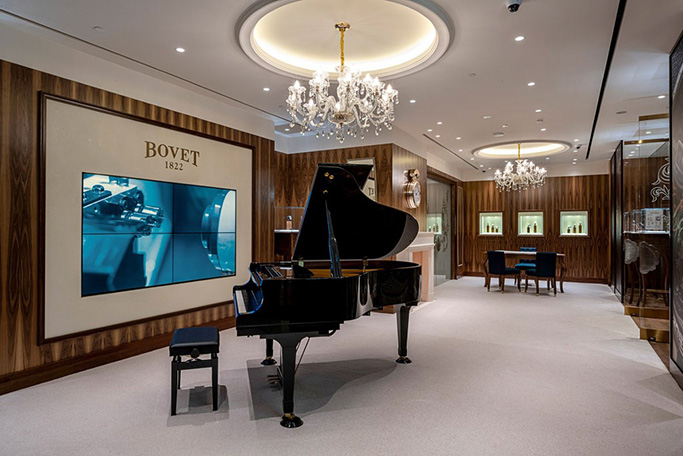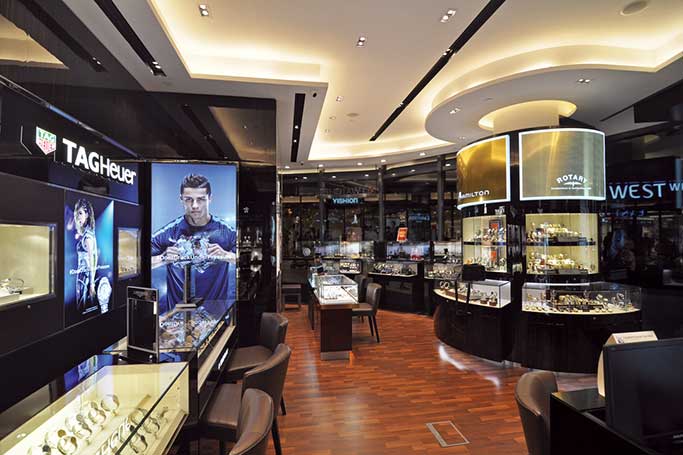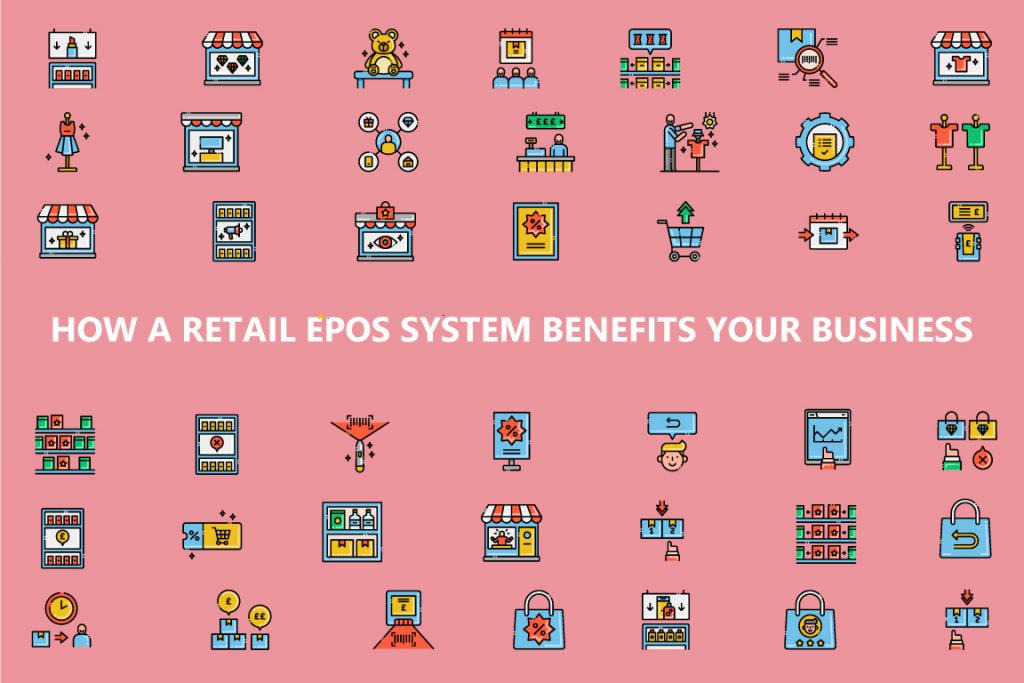
What is Mobile Point of Sale? Your Guide to MPOS Systems
These days, you’d be hard-pressed to find a simple cash register being used to ring up sales at any retail establishment. Technology is advancing at an impressive rate, and the

These days, you’d be hard-pressed to find a simple cash register being used to ring up sales at any retail establishment. Technology is advancing at an impressive rate, and the

Accessible and on trend fashion footwear and accessories retailer ALDO UK launches Eurostop POS and Stock Control Systems to manage retail operations as non-essential retail emerges post-pandemic

For years, Electronic Point of Sale (EPOS) software has been growing in use, and it’s easy to see why. EPOS systems help tie together every aspect of your retail operations and

Seamless project implementation within a short timeline The best solution that fits unique business needs and requirements Professional, responsive, and flexible support “The Eurostop team took their time to understand

These days, if you’re a retailer, implementing a reliable retail POS system is a must. Not only will it facilitate your retail processes, but it will also make the purchase

Cloud-based solution provides cost-savings as an alternative for SMEs to eliminate the high cost of physical servers Dashboard monitoring provides remote performance monitoring and tracking, on demand and in real-time

When it comes to improving your relationship with customers and keeping track of all of your retail company’s important data, there’s nothing quite as beneficial as reliable retail ERP software.

When it comes to running a retail business, process efficiency and accuracy of data are both essential to your success. That’s why many invest in cutting-edge retail ERP software, like

Nowadays, things are rarely done the old-fashioned way. If you’re using a calculator and an outdated cash register, you could also be harming your business without even knowing it. That’s

If you operate a retail business of any size, you’re undoubtedly familiar with the term POS – for Point-of-Sale. POS systems are standard in any sales situation, encompassing the till,
Copyright Eurostop © 1990-2025. All rights reserved.